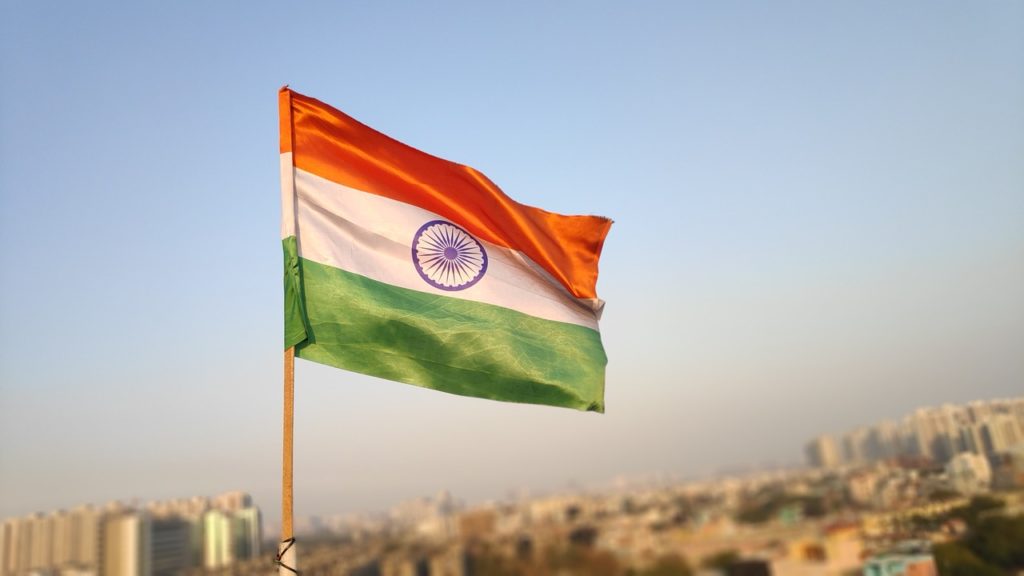Indian Gold Demand Continued Strong In October
Festival and wedding buying boosted gold demand in India last month and the outlook looks strong moving forward.
The arrival of festivals and the wedding season coincide with a price pullback last month. This helped drive Indian retail demand higher according to the World Gold Council, pushing the local market back into a premium for most of the month.
October retail demand remained strong with the onset of festivals and weddings. The festivals of Dussehra and Dhanteras sparked fresh demand for physical gold towards the end of the month. … With a stable gold price before this date, demand received a boost from sales of jewelry (for weddings and everyday wear) as well as bar and coin purchases.
Moving forward, the WGC projects demand will remain healthy, supported by the ongoing wedding season. Growing consumer confidence in urban areas could also boost gold demand. But there could be some headwinds in rural areas due to lower crop production.
Considering the strong start to Q4 and the interplay between urban and rural demand in the months ahead, we expect overall retail demand to remain above pre-pandemic levels in the quarter, although possibly below that of 2021, at which time there was a huge boost from pent-up demand post-2020-2021 lockdowns.”
Investors also helped drive Indian gold demand higher. Indian gold ETFs charted inflows of 0.7 tons in October. It was the second straight month Indian ETFs charted increases in gold holdings. This bucked the global trend of ETF outflows. According to the World Gold Council, total Indian ETG gold holdings to 39.2 tons by the end of October. Overall, Indian gold ETFs have seen small but meaningful net inflows of 1.6 tons year-to-date.
The Reserve Bank of India also bought more gold in October, increasing its holdings by another ton. According to the latest available data, the RBI’s total gold reserves now stand at 786.3 tons.
India ranks as the ninth largest gold-holding country in the world. Since resuming buying in late 2017, the Reserve Bank of India has purchased over 200 tons of gold. In August 2020, there were reports that the RBI was considering significantly raising its gold reserves.
India ranks as the second-largest gold-consuming country in the world, second only behind China, but the gold market has languished over the last couple of years. The pandemic crushed demand, particularly for gold jewelry. But even before the pandemic, record-high gold prices in rupee terms and government policy put a drag on the gold market. There were signs of a turnaround late last year and it continued through the first quarter of 2022. The second COVID-19 wave stalled the gold market’s recovery in India early in Q2, but it regained steam later in the year with strong retail demand and a surge in gold imports.
Indians traditionally buy and hold gold. Collectively, Indian households own an estimated 25,000 tons of gold and that number may be higher given the large black market in the country. The yellow metal is interwoven into the country’s marriage ceremonies and cultural rites. Indians also value gold as a store of wealth, especially in poor rural regions. Two-thirds of India’s gold demand comes from these areas, where most people live outside the official tax system.
Gold is not just a luxury in India. Even poor people buy gold in Asian nations. According to an ICE 360 survey in 2018, one in every two households in India purchased gold within the last five years. Overall, 87% of households in the country own some amount of yellow metal. Even households at the lowest income levels in India own some gold. According to the survey, more than 75% of families in the bottom 10% had managed to buy gold.
Gold served as a lifeline for many Indians during the pandemic.
The Indian government’s response to the first wave of COVID-19 ravaged the economy. As a result, many banks were reluctant to extend credit due to fear of defaults. In this tight lending environment, many Indians used their stashes of gold to secure loans. As Indians battled the second wave of COVID-19, many Indians sold gold outright in order to make ends meet.
Indians understand that gold tends to store value and that ultimately gold is money. If they have gold, they know they will be able to get the goods and services they need – even in the event of an economic meltdown. And while westerners may not embrace the cultural and religious aspects of the Indian love affair with gold, the economic reasons for their devotion to the yellow metal are every bit as applicable in places like the US.
More By This Author:
More Of The Same: US Government Starts Fiscal 2023 With A Big Budget Deficit
Budget Deficit: Annual Interest Expense Increases 40% Compared To Last October
CPI: Annualized Pace Of Increase Is Still Over 5%




